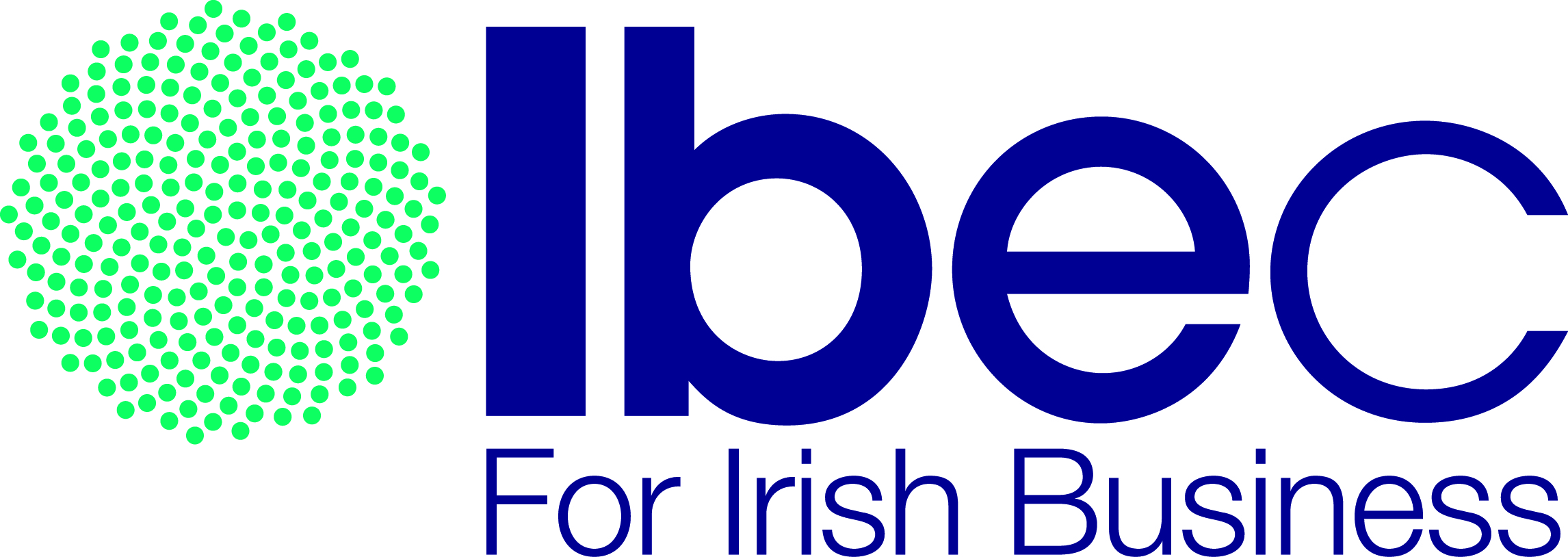
Supporting Local Sustainability: Restoring Native Oysters to the Solent
iProtectU is proud to support the Final Straw Foundation’s Native Oyster Restoration Project, helping restore
Health and Safety Software » Health and Safety Software News » Risk Assessment » Pregancy and New Mothers » Expectant Mothers Workplace Safety

Below are some key considerations and measures that employers should take to create a safe working environment for pregnant employees.
Remember, it is essential to consult with legal and health and safety experts to ensure compliance with specific laws and regulations regarding workplace safety for pregnant employees.
iProtectU provides workplace inspection forms and allows a user to create, edit and document an expectant mothers / pregnancy risk assessment.
iProtectU brings together the key resources and knowledge of three companies specialising in EHS software development, health and safety, business intelligence and data analytics.
Our vision is to provide fully integrated, cost effective and simple to use health and safety software tools that enable our clients to engage their entire team.
Arrange your demonstration
Let us show you how we can transform your health and safety, risk and compliance management
Please choose a date and time for your demo. We look forward to meeting with you.

iProtectU is proud to support the Final Straw Foundation’s Native Oyster Restoration Project, helping restore

When a national voice like IBEC publishes your perspective, it matters.
This week, iProtectU

Modern HSE software has evolved into a strategic necessity, empowering organisations to manage risk proactively,

Managing personal protective equipment (PPE) doesn’t have to be a paperwork struggle. With iProtectU, safety

From work experience to an Amazon internship. Read how iProtectU helped empower a young talent

Modern organisations face increasing complexity when managing suppliers and contractors. Manual methods like spreadsheets and